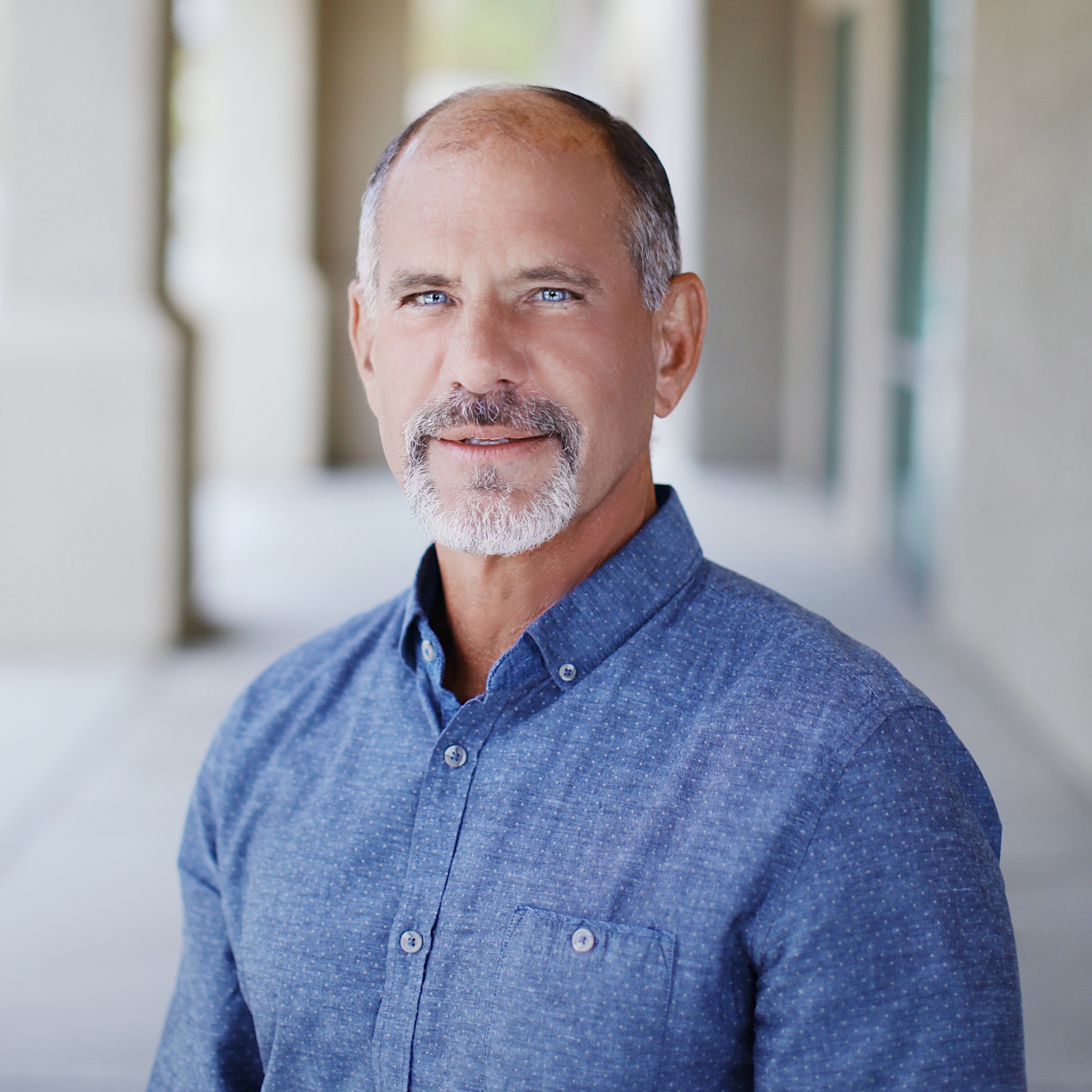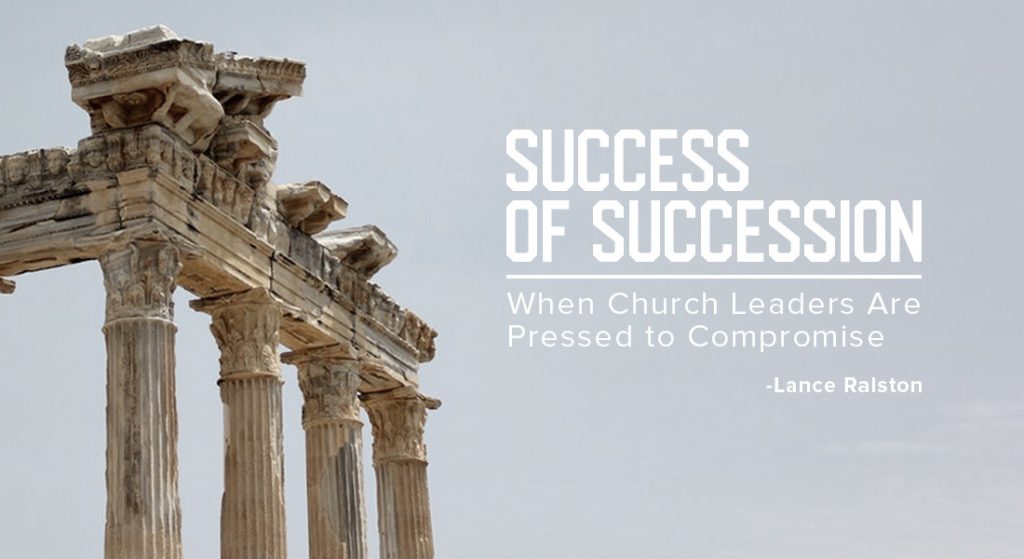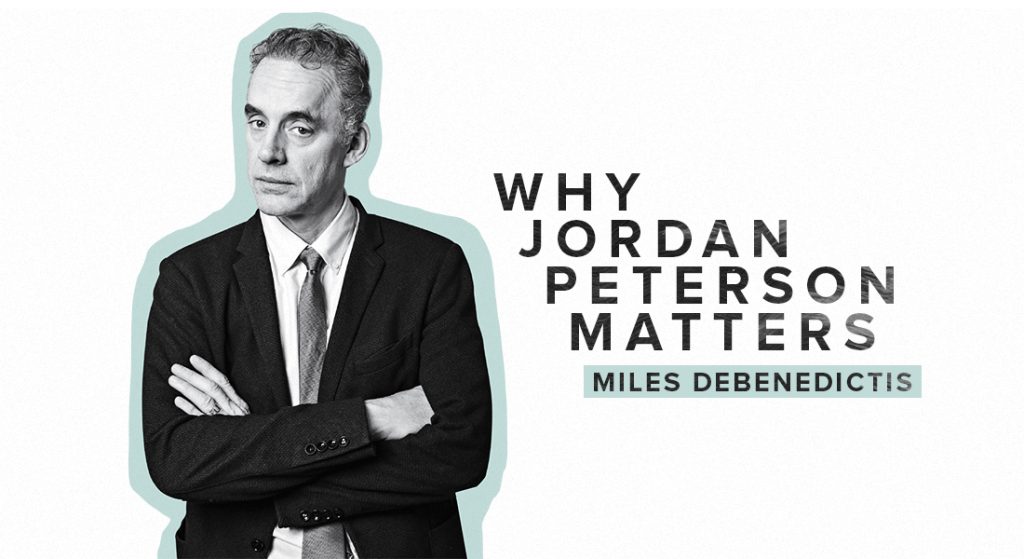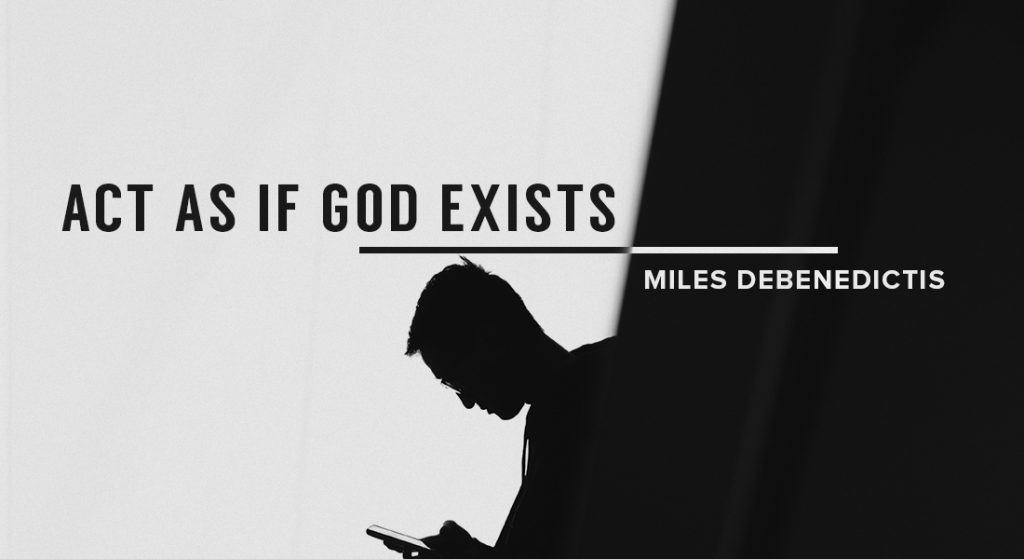Since this coming Sunday, March 17, is St. Patrick’s Day, a post on him seems appropriate.
Patrick was born at the end of the fourth century to an affluent and religious home. His father was a deacon; his grandfather was a priest. The family was likely of the Romano-British nobility and owned minor lands along the shores of western Britain. At the age of sixteen, he was captured by Irish slavers who regularly raided Britain’s coast. He was taken back to Ireland and sold into captivity.
Patrick recounts little of his six years as a slave except to say he was a swine-herd who spent long periods tending his charges. He endured long periods of hunger, thirst, and isolation. This trial moved him to seek God in earnest. The faith of his parents became his own.
At twenty-two, Patrick said he heard a supernatural Voice telling him his ship was ready. The problem was, Patrick was 200 miles from the sea. Confident he was following God’s instructions, he headed for the coast and found a ship. The captain recognized him as a runaway slave and refused him passage. Walking away confused, one of the crew urged him to board. They were short-handed. Patrick could pay his way as a deckhand.
Three days later, they landed in northern Gaul, at the time a ghost land due to frequent barbarian raids. There was no food and the crew was close to starving. The captain mocked Patrick’s faith in God’s goodness. Where was all that power and love now that they were in danger of starving to death? Patrick wasn’t intimidated. The challenge called forth a determined faith. He told the captain, “Nothing is impossible for God. Turn to Him and He will send us food.” In desperation the crew obeyed. As they prayed, a herd of pigs suddenly appeared. The sailors feasted and thanked Patrick, but balked at following through on their promise to become Christians.
There’s a break in Patrick’s account after this. A couple of years pass and he’s back home in Britain. While pondering what to do with his freedom and future, he had a dream in which an Irishman pleaded with him to come and walk the Green Isle once more. Patrick took it as the call of God to go as a missionary. His family pleaded with him to stay but he’d learned not to make such promises. Patrick didn’t think himself equipped to be a missionary. He sought training in theological study and official ordination. There is confusion about where Patrick went for his schooling. Some think Rome, others Gaul.
How Patrick evangelized Ireland is important because it opens to us the minds of Christian missionaries during this period. It may also help us understand the troubling religious syncretism that infected the medieval church.
The native Celtic religion of Ireland when Patrick returned was dominated by the Druids who had complete control over the people enforced by abject terror, possibly enhanced by demons. Human sacrifice was a regular feature of Druidism and they were attributed with the power to work cruel miracles. The Church had made little headway against the domination by the Druids in Ireland. Patrick returned to the Island with a plan on how to confront them. He would do so on their own turf. He understood the only way to make headway among the people was by freeing them from their fear. To do that, he would need to look to the power of God to trump any demonstration of demonic power the Druids conjured up.
This is where the stories of Patrick’s life become difficult to sort out. Medieval biographers take this kernel of truth and spin elaborate yarns about his confrontations with Druids. Most are probably fictional while a few may be based on real events. The larger lesson for us to glean is Patrick’s method of evangelism. It grew out of a debate among theologians over the relationship between Paganism and Christianity. SOme said pagan religions weren’t so much anti-Christian as they were pre-Christian. Drawing from the Apostle Paul in Romans 1:20, they believed that “Since the creation of the world God’s invisible attributes were clearly seen, being understood by the things that are made.” Paul himself applied this in Athens when he spoke to the philosophers on Mar’s Hill. Paul was disturbed by the many idols he encountered in Athens, yet he used them to evangelize the Athenians. He said, “I see how ultra-religious you are in every way. I even found an altar with the inscription, ‘To an unknown god’. What you worship as unknown, I’m here to make known to you.” In Ecclesiastes, Solomon said God has written eternity on people’s hearts.
Patrick and those who came after him looked for how to bring the Truth of Christ to the lost by using whatever elements of their native faith they could, converting it to the Truth of Christ. Patrick and his contemporaries in no way approved of paganism or considered it an acceptable variant of the Gospel. They believed there were supernatural beings behind the idols and ideals of paganism; demons who kept people in spiritual bondage. They believed miracles and magic did occur. After all, Pharaoh’s magicians used supernatural power. But, here’s the key to Patrick’s methodology: the God of Moses was more powerful and used His power to bring good, while demonic power served only to promote ruin.
When Patrick arrived in Ireland and proclaimed the Gospel, the druids came out in opposition. Their hegemony over the Irish was imperiled. They thought nothing of moving swiftly to kill him. They were the law and could do what they wished. They found it harder than they assumed. None of their plans or plots worked. It was as if a supernatural wall protected Patrick. He wrote of this time, “Daily I expect murder, fraud, or captivity. But I fear none of these things because of the promises of heaven. I have cast myself into the hands of God Almighty who rules everywhere.”
While trusting himself to the protection of God, he also took practical measures to gain allies among the Irish by building amicable relationships with them. These allies kept him informed of the various plots against him.
While Patrick does not himself record any specific confrontations with the druids, that’s the subject of many of his biographers. A turning point in Patrick’s mission came when an Irish chieftain named Laoghaire came to faith. This chieftain had a group of powerful druids who advised him but who were unable to defeat Patrick in demonstrations of supernatural power. When a couple of those Druids fell ill, Laoghaire was convinced of the superiority of Patrick’s God and message and professed faith in Christ. As was common to that culture, with his conversion, the people of His clan also came to faith. Their alliance with other clans opened the door for Patrick to bring the Gospel to them as well, and soon, the entire region had converted.
This was Patrick’s method of evangelism as he made his way across Ireland. He confronted the Druids head-on, showing the superiority of God’s power. First, he broke their monopoly on the minds of the Irish, then went after their hearts with the Grace of God in the Gospel of Christ.
Another turning point was the conversion of some of the Druids themselves.
Patrick was moved to bring the Gospel to Ireland because Hibernia, as Ireland was called, was considered the end of the World and Jesus had said the Gospel would be preached to the ends of the world, then the end would come. Patrick thought he was hastening Christ’s return. In his writings, he repeatedly mentions he was in ‘the last days’, and quotes Matthew 24:14. He wrote, “It has been fulfilled. Behold! We are witnesses to the fact that the Gospel has been preached out to beyond where anyone lives.”
Patrick wasn’t alone in this belief. Christians never gave up the idea Christ would return when all the nations heard about him; they just discovered more nations. About exactly a thousand years after Patrick, Columbus went to America not merely in a quest for fame and riches, but to hasten the Second Coming. His Book of Prophesies shows how he thought his discovery fitted into biblical predictions of the end times.
While the legend of Patrick’s use of a shamrock to explain the Trinity is interesting, there’s no historical evidence of it. It wouldn’t have been necessary because in the Celtic religion, the concept of a divine trinity was already in place. There’s also no evidence to support the story of Patrick driving all the snakes out of Ireland.
Patrick was less concerned with planting churches as he was in making converts and was tireless in his journeys back and forth across the island. Following the pattern of the time, he considered the ascetic life of the monastery the purest form of the Faith and encouraged his converts to be monks and nuns. This led to the building of dozens of monasteries and nunneries in Ireland. The rural nature of Ireland encouraged this form of the Church. Without major urban centers, large churches overseen by bishops were rare. Irish Christianity was centered on communal monastic life.
Patrick died of natural causes on March 17th, 493. Today, he’s one of the most famous figures from the fifth century. Like so many others of the past who accomplished great things, we would probably not even know of him were it not for the dynamic missions outreach that came from Ireland. Patrick, the patron saint of Ireland, was British. The Faith he transplanted across the Irish Sea eventually came back to Britain.
Many have noted how the Irish have a habit of leaving Ireland. The missionary monks were no exception. There were churches in Britain before Patrick’s Day. His father and grandfather were church leaders. But the Anglo-Saxons had confined Christian Britain to a small sliver of the west. A century after Patrick, an Irish monk named Columba founded a monastery on the island of Iona, off the coast of Scotland. Though a small base, Iona was nevertheless responsible for a mighty wave of missionary outreach to Scotland and Britain.
With this vibrant base in Ireland and Britain, Celtic monks went to the Continent. They established bases of outreach in Germany, Switzerland, and Italy. These in turn became centers of evangelization and scholarship. These Celtic monasteries maintained fierce independence from Rome, though they held the same faith. The Roman popes tried to assert authority over them but for the most part, Celtic Christianity resisted Rome’s attempts to rein them in.
It was in these monasteries that much of the ancient wisdom of the Greeks and Romans was stored, laboriously copied, and assiduously studied, waiting for the day it would emerge in the Renaissance.
In his book How the Irish Saved Civilization, Thomas Cahill says this of Patrick –
The Irish gave Patrick more than a home—they gave him a role, a meaning to his life. For only this former slave had the right instincts to impart to the Irish a New Story, one that made new sense of all their old stories and brought them a peace they had never known before.

Lance is the founding and lead pastor of Calvary Chapel Oxnard where he has served since 1982. Lance & David Guzik co-pastored the church for six years before David planted a church in a nearby community.
Lance & his wife Lynn were married in 1980 and have three adult children and five grandchildren. Lance loves teaching the Bible, History, and Leadership. He holds Masters-of-Arts in Biblical Studies and Ministry.
Lance serves as a chaplain for both the Oxnard and Port Hueneme Police Departments and enjoys backpacking, wood-working, working out, gardening, home improvement projects, reading, and graphic design.
The popular Communio Sanctorum: History of the Christian Church podcast can be found in both audio and video at the Into His Image website along with a growing inventory of Lances teaching.




